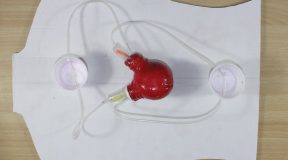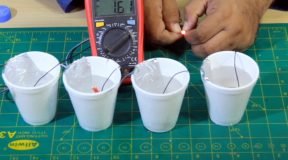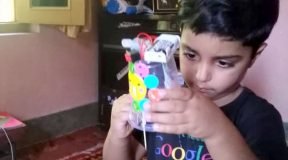
Science project for 7th grade
Here we’ll show you science projects for 7th graders that you can do in your own front lawn.
One examines soil chemistry and what kinds of chemicals can change the way grass grows, and the other challenges you to count, identify, and classify all the types of trees that can be found around your front or back yard.
These science projects for 7th graders involve adding various chemicals to your own front lawn and then observing their effects over several weeks. This project is fairly easy, but requires making careful observations over a long period of time.
MATERIALS:
- Permanent marker or thick pencil
- A clean, healthy lawn
- ½ tablespoon salt
- ½ tablespoon sugar
- ½ tablespoon washing powder (dry detergent)
- ½ tablespoon ammonia
- wooden chopsticks or large toothpicks
- string
- tape measure
- garden hose
INSTRUCTIONS:
Come up with your hypothesis – what effect will each of the 4 chemicals have on the lawn, as compared to the part of the lawn that had nothing done to it?
- Use the tape measure to measure out a square of grass 10 inches by 10 inches
- Put chopsticks or toothpicks into the ground at each of the four corners of the square, then tie the string around the “posts” to mark your test area.
- Pick four more spots on the lawn, near the first one but not touching it. Repeat the process of marking out test areas.
- Make a map of your 5 test areas. Label them 1-5 and designate a test substance to use in each one.
- Using the permanent marker or thick pencil (it should be about as big around as your middle finger) poke 5 holes about 1-2 inches deep into the soil of your test area. Space them out so that they are not too close to each other and cover as much of the area in your test space as possible. Try not to dig up or damage the grass, just separate the blades and poke a hole in the soil.
- Start by putting your salt into the holes in the test area designated “salt.” Try to get an equal amount of salt into each hole.
- It is not necessary to re-bury the chemical, but if there is loose dirt lying around you can use it to plug the whole a little.
- Repeat with all the other chemicals. For the 5th test area (the one with no chemicals in it, your control sample), just leave the holes.
- Once all the holes are filled with the appropriate chemicals, use the garden hose to lightly water the lawn. If the lawn is already moist from recent rain, or if rain is likely in the immediate future, then skip this step.
- in Return once every few days to record your observations. What is happening to the grass? What does it look like? Was your hypothesis confirmed for these science projects for 7th graders?
*TIP: Enhance these science projects for 7th graders by testing the rate of growth in each area. This works especially well in springtime. All you have to do is measure 15-20 randomly selected blades of grass in each square, and take the average. Repeat this process for each square once every few days to learn the rate of average growth in that square. This will give you added data on the effect of various chemicals on the grass.
Related science fair projects
Grade 5 Science Fair Project fireproof balloon
Google Science Journal App an Excellent tool for Science Fair Project Research
Which colors absorb more sunlight than others? Science Fair Projects for kids
Science fair Project grade level 4 to 6 topic Seeds and Needs






